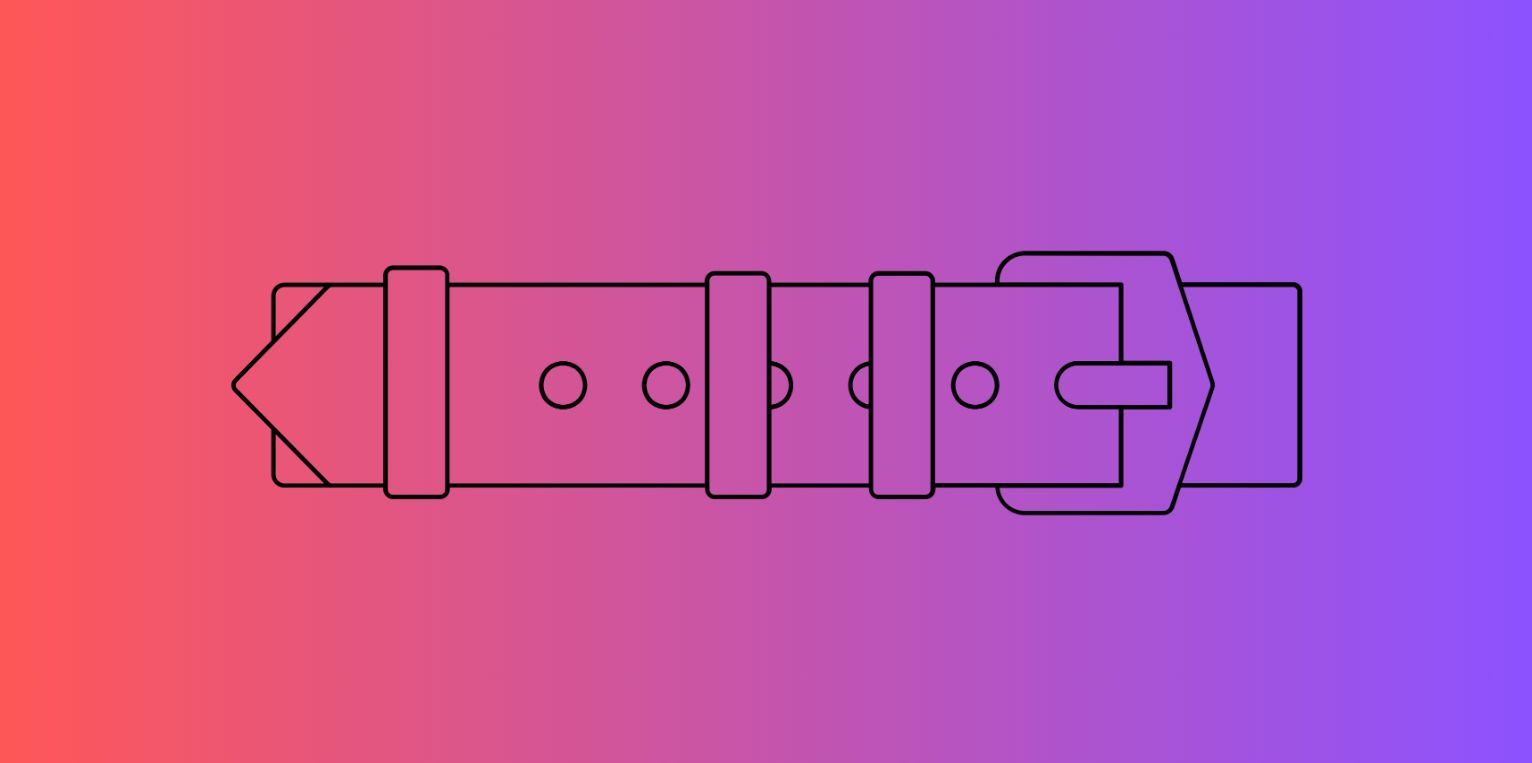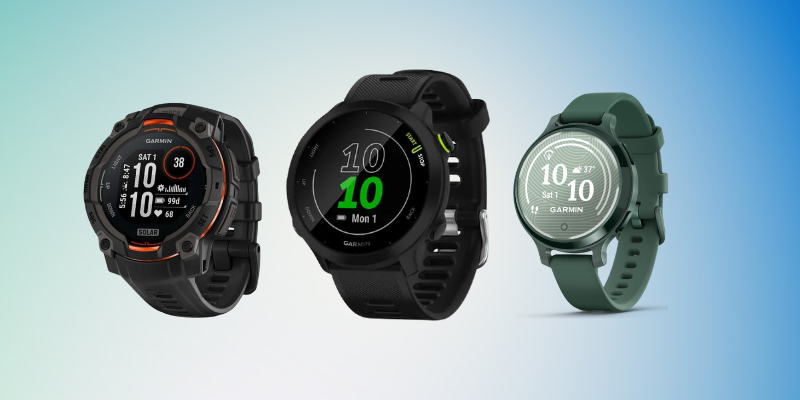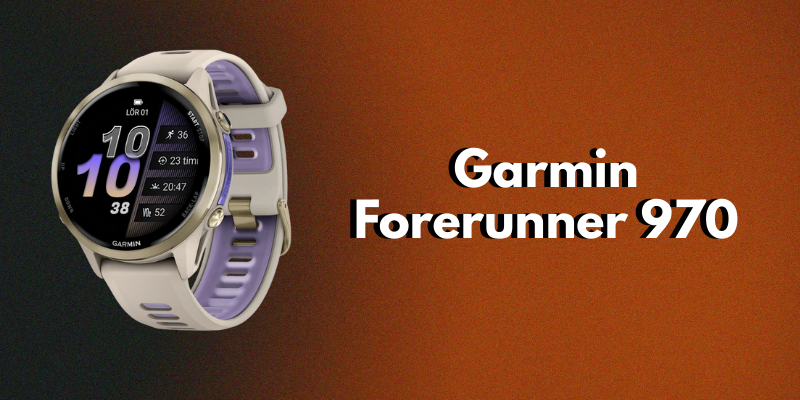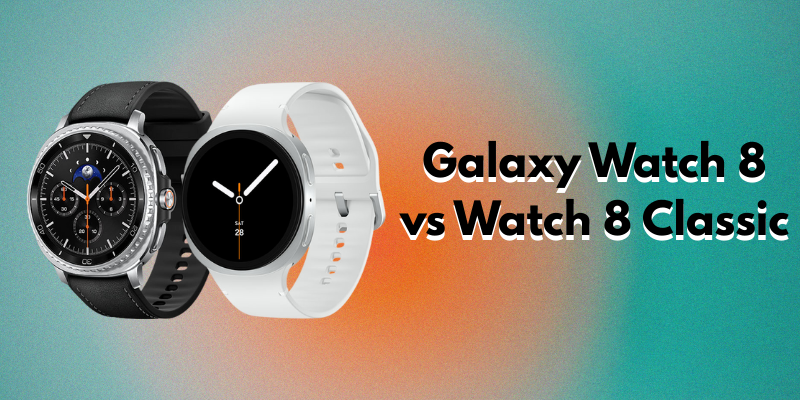Guide: Universal straps for Smartwatch

Whether you have a smartwatch or the regular analog kind, you know the importance of changing up the strap once in a while. Interchangeable straps in a feature that most models offer, and can help you customize the watch based on activity, event, or style. It’s also a necessary feature if the watch strap breaks or gets worn, and keeps you from having to replace the whole watch.
So if you find yourself in the position of needing a new watch strap, what do you do? The first logical step is probably looking up the manufacturer, and seeing if they offer replacement straps. This is a smart choice but it can often be expensive, and sometimes manufacturers stop selling accessories for older models to make room for their latest releases. You can also take your smartwatch to a jewelry store or watchmaker, where an expert can help you further, but this might also be expensive as well as time-consuming. After all, it’s just a watch strap - how hard can it be to find a suitable replacement?
What most people might not know is that a lot of smartwatches use universal straps, that follow industry standards and attachment types which trace back to their analog beginnings. These kinds of straps are called quick release straps, named after the little spring-loaded pin you push back when attaching the strap to the watch. These quick-release straps come in standardized sizes, usually ranging from 20mm to 26mm in width, which means that if your smartwatch uses one of these, then you can replace your watch strap with any other strap with the same measurement and attachment on the market.
We think this is pretty neat, which is why we created the largest selection of universal watch straps you’ll find anywhere on the internet, but before you shop, there are a few things you need to know and take into consideration.
Does my smartwatch use a universal strap?
For obvious reasons, this is the most important question you need to answer before you move forward. Unfortunately, there is no quick and easy answer, and it depends on which model and brand of smartwatch you use. That being said, there are a few rules of thumb:
- If you have an Apple Watch, then you shouldn’t buy a universal strap. Apple uses its own attachment mechanism, and you therefore need to buy an especially designed Apple Watch strap.
- When it comes to bigger brands, this statement is also true when it concerns Fitbit and Suunto, whose watches have their own unique attachments as well.
- When it comes to other popular brands, Garmin and Samsung stand out as some of their models use quick-release straps, while others have special attachments. When it comes to Garmin, as if to add to the confusion, their patented attachment mechanism is called QuickFit, and is not universal.
To put it simply: if your smartwatch uses a quick-release attachment, then you can use universal straps as long as you choose the correct width.
How do I know which watch strap I need?
While you might be preoccupied with more fun things when buying your new watch strap, such as color, material, and style, buying one that fits your smartwatch is of the utmost importance. This might seem obvious, but it can also be an easy mistake to make, especially if you’re not sure which watch you have, or if you have one from a smaller manufacturer which does not have its own dedicated page.
Therefore, we have three smart tips for ensuring which size of watch strap you should use for your smartwatch.
Tip 1: Check out your model information
Whether it’s the settings on the watch itself, the back of the box, the internet, or the app that connects to your watch, checking in this fashion is often the most reliable way to figure out what strap width your smartwatch uses.
Tip 2: Measure you’re old watch strap
This might also seem obvious, but most good tips often are. Your current strap, which might be broken or that you want to exchange for some reason, has a width that matches your watch - so why not measure it and use it as a reference?
Here’s how you measure the width of your watch strap:
- Remove the strap from the watch
- Lay it flat on a surface
- Use a ruler or measuring tape to measure the width where the strap connects to the watch case
- For accuracy, make sure to measure in millimeters
Tip 3: Measure the watch itself
If you’ve lost or thrown out your watch strap, or if you cannot measure it for some reason, you can always do the inverse of the step above, and measure the attachment lugs on the watch itself. If you choose to go with this tip, please remember that accuracy is paramount and that what makes a watch strap fit perfectly and what makes it unusable for your watch comes down to millimeters. If you happen to have a pair of calipers lying around, this would be the perfect time to bring them out.
Here’s how you measure on the strap itself:
- Locate the attachment lugs on your watch
- Use a ruler (or caliper) to measure between the lugs
- Measure in millimeters for accuracy
- The measurement between the two lugs is the width of the strap you need
20mm Watch straps
20mm universal watch straps are the smallest among the more popular and most frequently used widths from manufacturers, and compatible options can be found among a wide variety of series. You can for instance find them for large brands like Garmin and Polar, to smaller ones like Amazfit and TicWatch.
Examples of popular models that use 20mm universal straps:
- Polar Pacer
- Garmin Forerunner 245
- Amazfit GTS 3
- TicWatch E3
Our selection of universal 20mm watch straps.
22mm Watch straps
22mm universal watch straps are about equally as common as the 20mm variety, and together they set the benchmark for universal smartwatch straps. This means that if you have a smartwatch that uses quick release straps, it is most likely either 20mm or 22mm. These options can be found for a variety of series from anything from Samsung to Huawei and Garmin.
Examples of popular models that use 22mm universal straps:
- Garmin Venu 2
- Amazfit GTR 3
- Huawei Watch 3 Pro
- Samsung Galaxy Watch 3 (45mm)
Our selection of universal 22mm watch straps.
24mm Watch straps
24mm universal watch straps are rarer than both 20mm and 22mm but are still used by some brands and manufacturers. This is also the measurement at which the overlap with analog watches most commonly starts since the 24mm measurement is more frequently used with the non-smart variety of watches.
Examples of popular models that use 24mm universal straps:
- Suunto 9
- TicWatch Pro 5
Our selection of universal 24mm watch straps.
26mm Watch straps
Lastly, we have 26mm universal watch straps which isn’t very common for smartwatches at all but is, on the other hand, very common for analog watches. The wide size is comfortable and reliable against the wrist.
Our selection of universal 26mm watch straps.
Alternative sizes
- 12mm
- 14mm
- 16mm
- 17mm
- 18mm (used on smaller-sized smartwatches from different brands, including Garmin, Xiaomi, Huawei and Withings).
- 19mm (popular among some smaller brands such as Haylou, Letscom, Willful, and Umidigi).
FAQ
Do all smartwatches use quick release straps?
Not all smartwatches use quick release straps. While many modern smartwatches offer this convenient feature, some models still use traditional pin systems or proprietary strap designs. The availability of quick release straps often depends on the brand, model, and price point of the smartwatch.
Can I use a universal smartwatch strap for my regular watch?
Generally, you can use a universal smartwatch strap on a regular watch if the lug widths match. However, ensure compatibility with your watch's lug design and spring bar type. While possible, the style may not always suit traditional watches. Check measurements and design before purchasing.
What's the difference between Quick Release and QuickFit?
Quick Release straps have a built-in spring bar with a release mechanism, allowing easy removal without tools. QuickFit is Garmin's proprietary system, featuring a button-activated release on the strap itself. QuickFit is typically found on higher-end Garmin watches, while Quick Release is more common on less expensive models.









